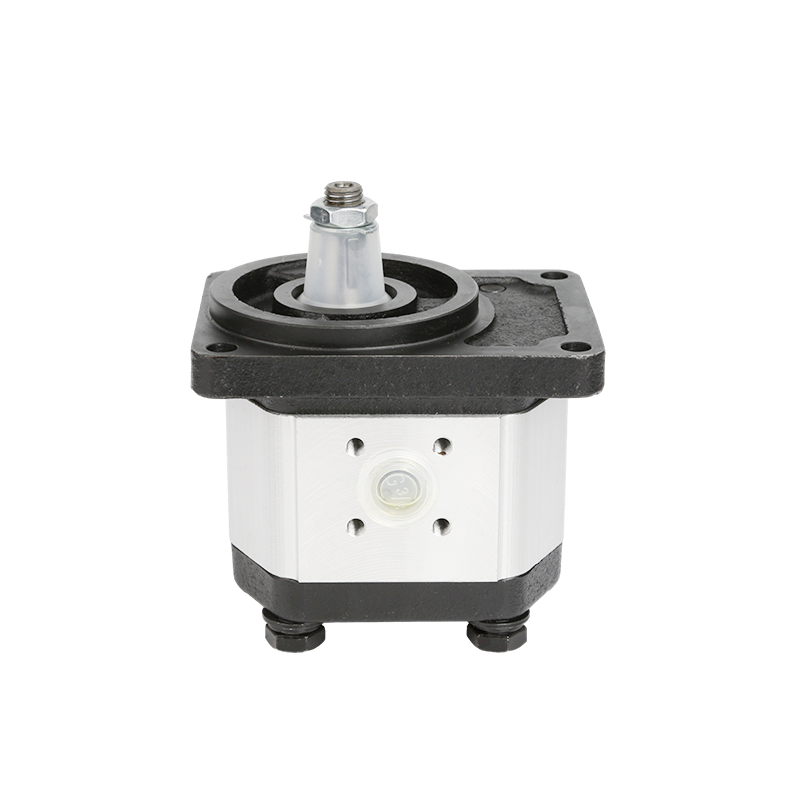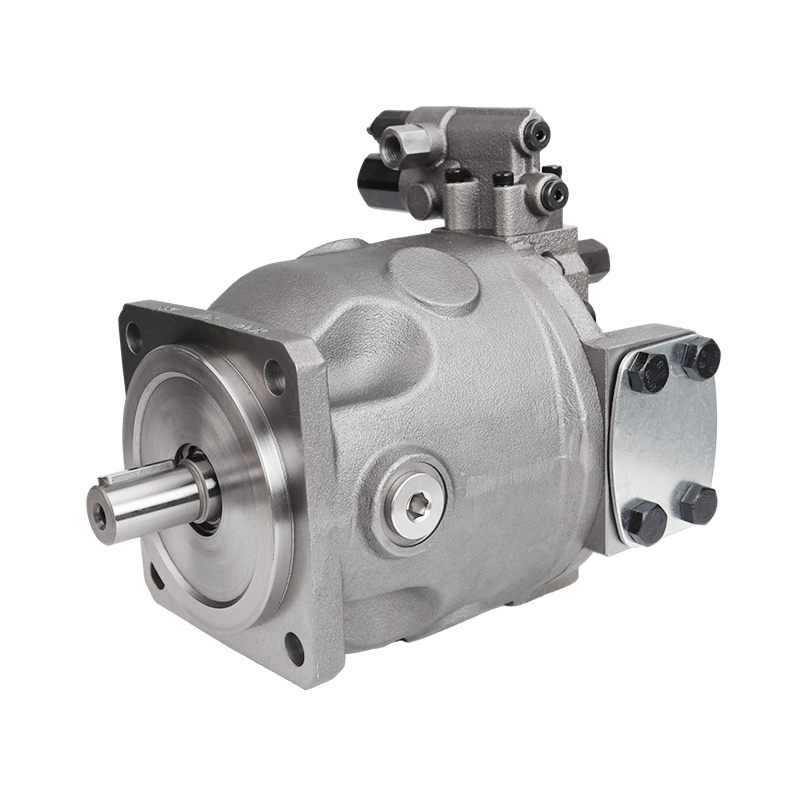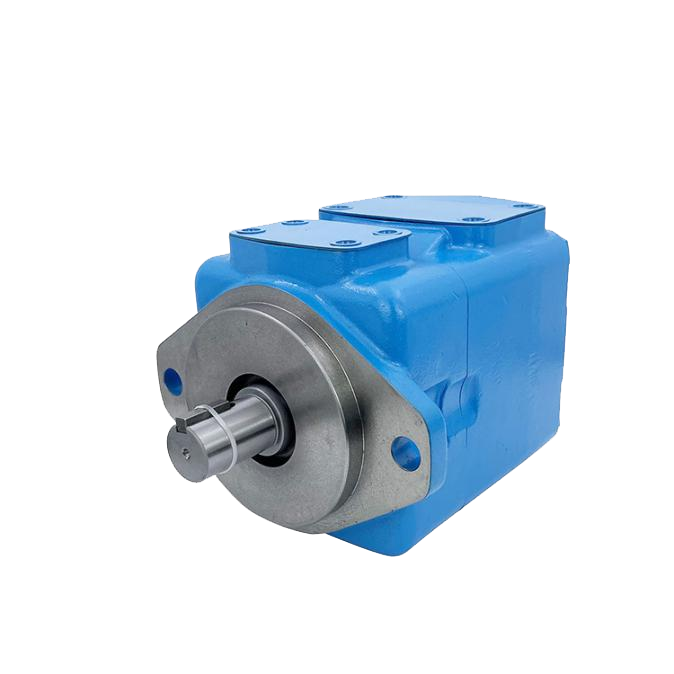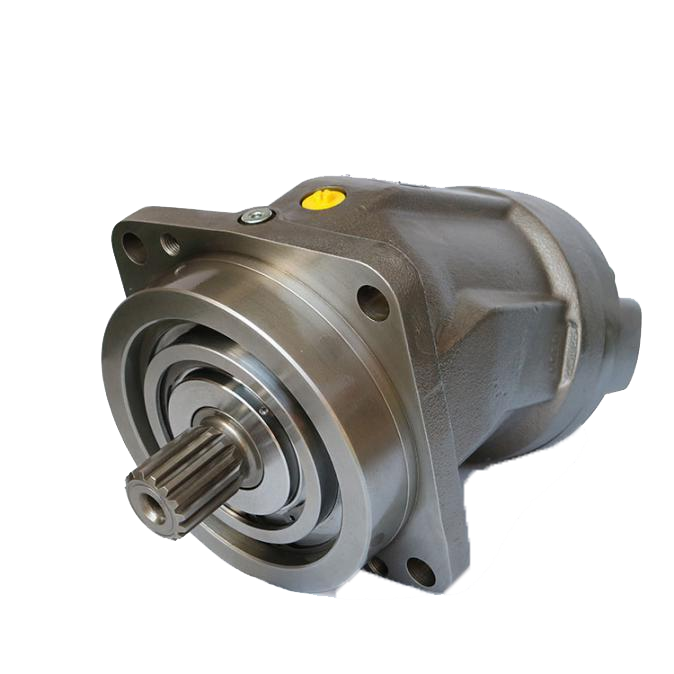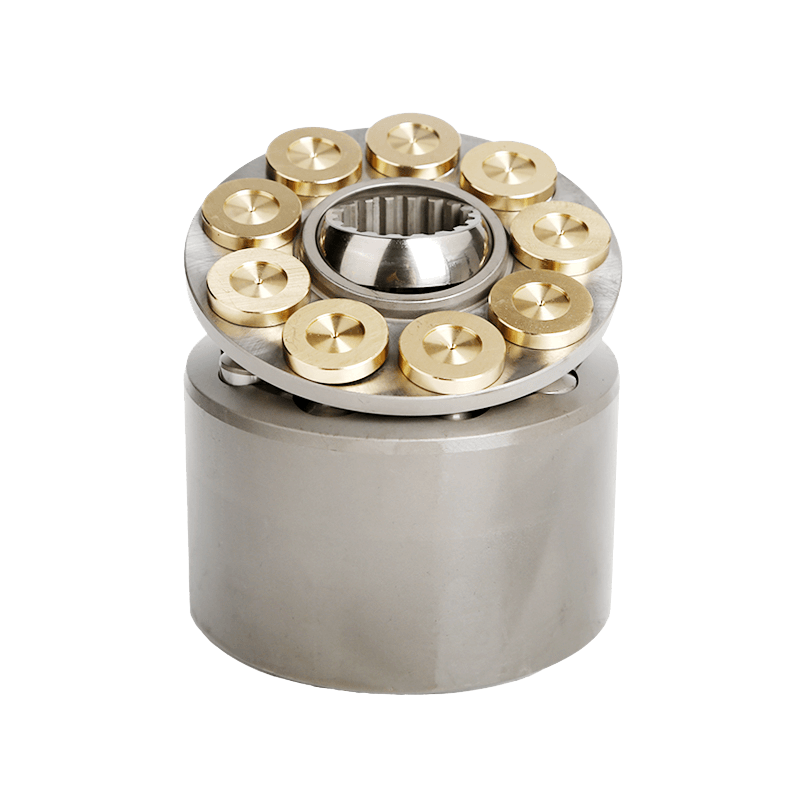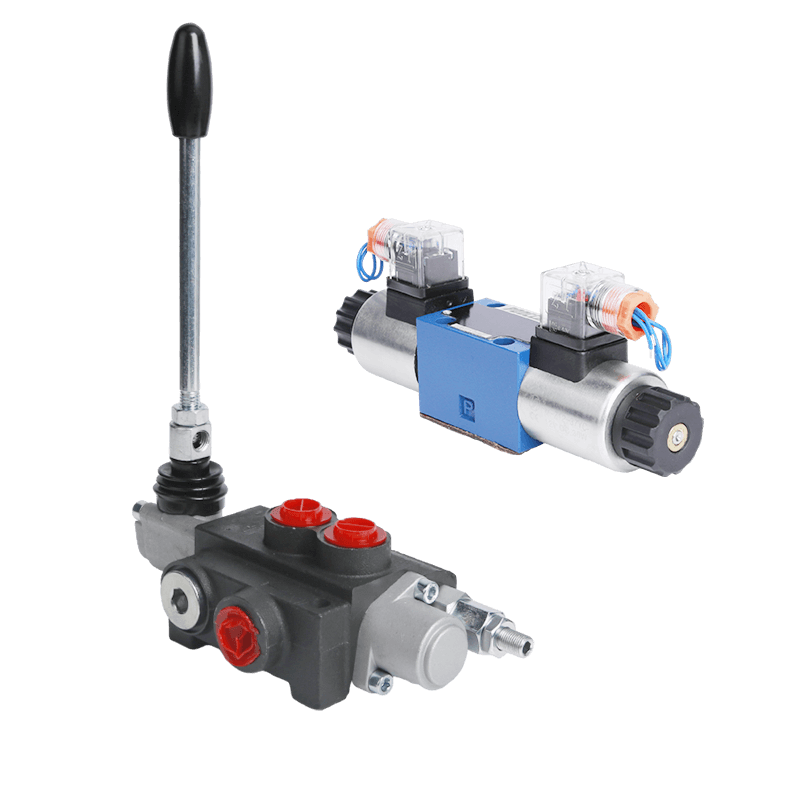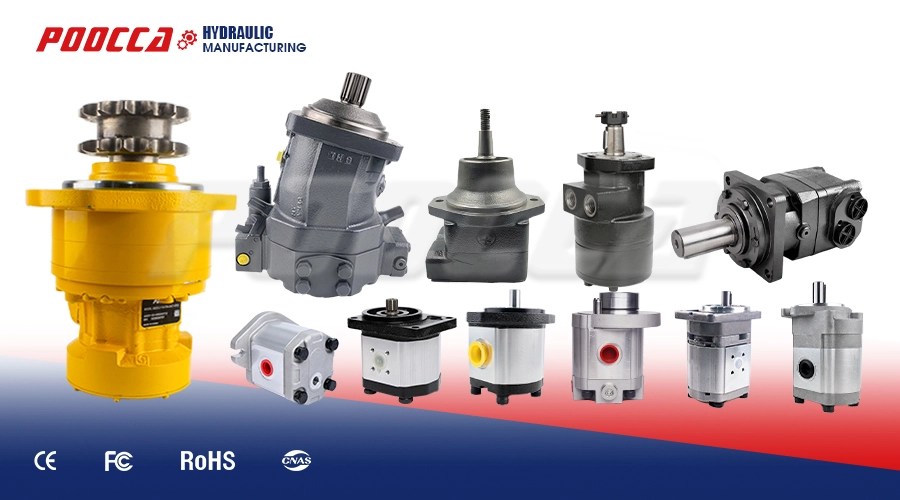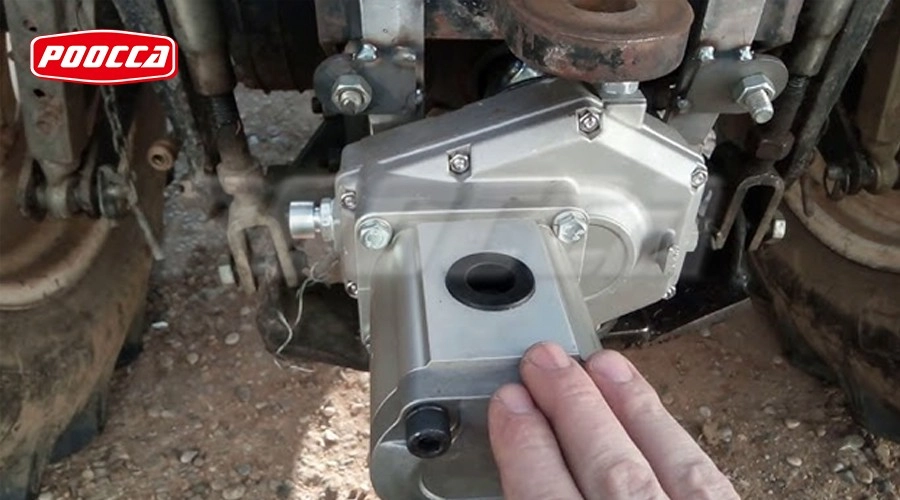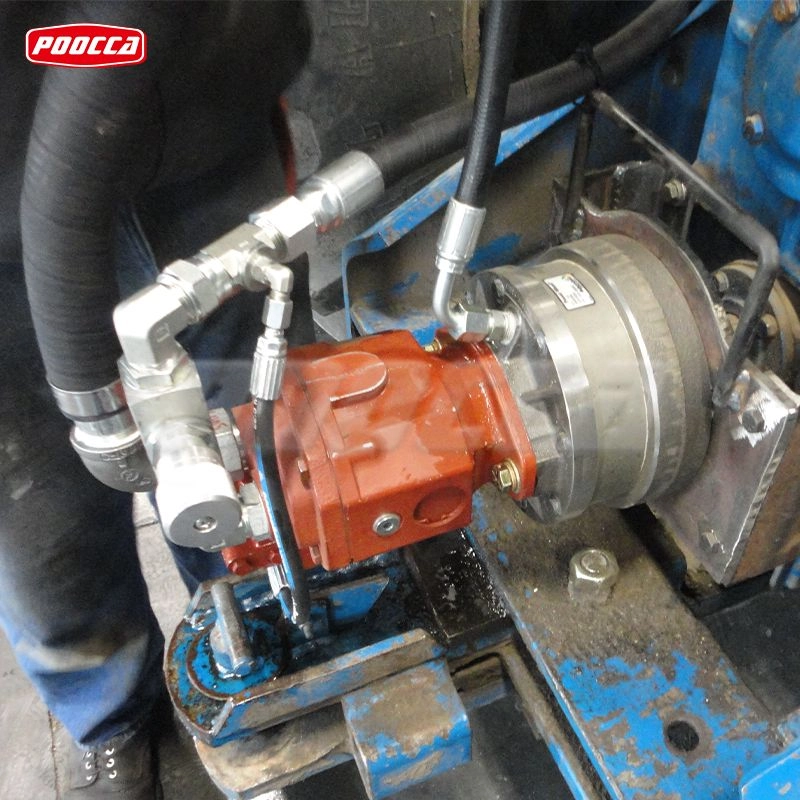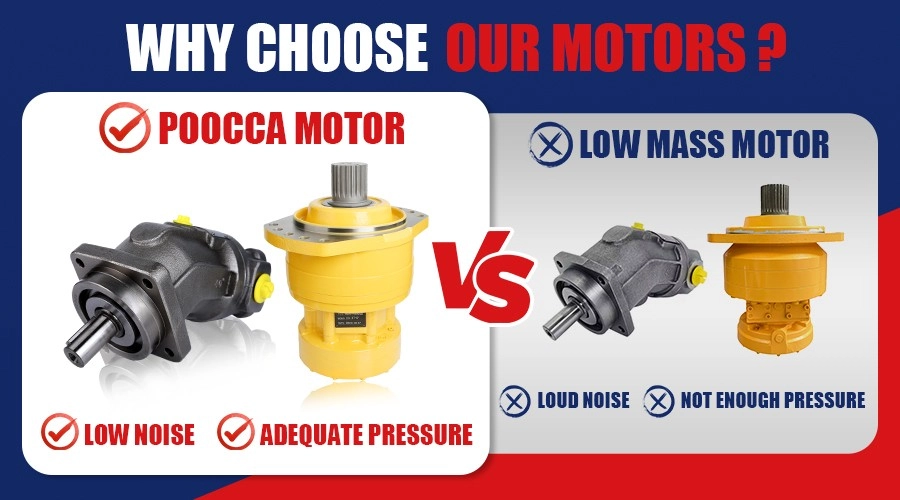Hydraulic motors are vital in both industrial and mobile settings where strong torque and high efficiency matter. Among these, bent axis hydraulic motors excel due to their impressive power concentration, quiet performance, and versatility. This guide delves into their structure, operational basics, perks, and practical uses. It also offers useful tips for picking the ideal model.
What Is a Bent Axis Hydraulic Motor?
A bent axis hydraulic motor is a piston-based device that transforms hydraulic power into spinning motion. Its standout feature is the slanted setup of the piston and cylinder block relative to the drive shaft. This layout ensures highly effective energy transfer and accurate speed management.
Core Design Principles
The bent axis motor’s hallmark is its tilted piston and cylinder block design. Unlike inline axial piston motors, where pistons run parallel to the shaft, this slanted arrangement boosts mechanical leverage. It enhances efficiency noticeably. This design cuts down on friction and energy waste while lifting overall output. Compared to radial piston motors, bent axis versions are sleeker. They boast a better power-to-weight balance, making them perfect for tight spaces.
How It Transforms Hydraulic Energy
A bent axis hydraulic motor works by turning hydraulic fluid force into rotary action. Pressurized liquid flows into the motor. It then presses against the pistons, prompting them to shift inside the cylinder block. The block’s slanted angle creates spinning motion as pistons slide in and out. This process delivers a remarkably efficient energy shift. It proves especially valuable in high-torque tasks like heavy equipment and mobile machines.
Key Advantages of Bent Axis Hydraulic Motors
Bent axis hydraulic motors earn favor for their top-notch efficiency, toughness, and seamless operation. They sustain steady power across diverse conditions. This makes them apt for rigorous industrial and mobile uses.
High Efficiency and Power Density
A prime benefit of bent axis motors is their outstanding efficiency. They show superb volumetric and mechanical performance. This means little energy slips away during use. Such efficiency lowers fuel use in mobile setups and trims costs in industrial ones. Plus, their small build packs a hefty power punch for their size.
Compact Design for Space-Constrained Systems
Bent axis motors sport a tinier outline than other hydraulic motor types. This makes them ideal where room is scarce. The angled cylinder block allows a snugger casing while keeping torque strong. This trait shines in construction gear, small farm machines, and car-related uses.
Durability in Harsh Environments
Bent axis hydraulic motors are built to endure tough settings. Their sturdy make includes robust materials, advanced seals, and heat-proof parts. These traits let them thrive in hot, heavy-duty, or dirty conditions. This resilience cuts upkeep costs and stretches equipment life.
Smooth Operation at Variable Speeds
Bent axis motors provide exact speed control with little pulsing. This suits tasks needing steady, even motion. They keep reliable output at both slow and fast paces. Hence, they’re a top pick for jobs like injection molding, lifting setups, and factory automation.
How Does a Bent Axis Hydraulic Motor Operate? 
Grasping how a bent axis hydraulic motor functions aids in choosing and caring for the right one for specific needs.
Step-by-Step Working Mechanism
The process starts when pressurized hydraulic fluid enters the motor’s inlet. The liquid presses on the pistons, making them push outward. As they extend and retract, the cylinder block’s slant drives ongoing rotation in the output shaft. Users can tweak the motor’s displacement and torque by adjusting fluid pressure and flow.
Critical Components Explained
Key parts of a bent axis hydraulic motor include the cylinder block, pistons, swashplate, and ports. The cylinder block holds the pistons, which react to hydraulic force. The swashplate, set at a tilt, guides the pistons’ motion pattern. Inlet and outlet ports manage liquid flow, ensuring smooth power delivery.
Adjustable Displacement Models
Certain bent axis motors offer adjustable displacement. This lets users alter torque and speed to match job demands. By changing the cylinder block’s angle, the motor can prioritize higher speed with less torque or vice versa. Such adaptability suits tasks needing varied output.
Applications Where Bent Axis Motors Excel
Bent axis hydraulic motors shine in many fields thanks to their efficiency, sturdiness, and flexibility.
Industrial Machinery
These motors power tools like injection molding machines, presses, and conveyor lines. Their knack for delivering strong torque and fluid motion fits automated production perfectly.
Mobile Equipment
In construction and farming, bent axis motors drive excavators, cranes, and tractors. Their sleek design eases fitting into mobile gear. Meanwhile, they supply the force needed for lifting and digging tasks.
Renewable Energy Systems
Bent axis motors aid green energy setups, especially in wind turbine blade control systems. Their precision and toughness ensure steady performance when adjusting blades for peak energy gain.
Choosing the Right Bent Axis Motor
Picking the best motor means weighing factors like torque, speed, and fluid compatibility.
Torque, Speed, and Displacement Requirements
Matching a motor’s specs to a job’s load needs is crucial for top results. The motor’s displacement sets how much liquid it handles. This directly impacts its torque and speed output.
Compatibility with Hydraulic Fluids
Motors differ in fluid needs. Consider temperature ranges, thickness, and dirt resistance when choosing a matching liquid. This ensures smooth operation and a long lifespan.
Danfoss Bent Axis Hydraulic Motors: A Benchmark
Danfoss ranks high among makers for its quality bent axis motors. Their products serve various sectors reliably. Known for efficiency and fresh design, these motors set a standard for hydraulic motor performance and longevity.
Bent Axis Hydraulic Motors Maintenance Tips for Longevity
Proper care is key to boosting the lifespan and efficiency of bent axis hydraulic motors.
Regular Fluid Quality Checks
Dirty or worn-out hydraulic fluid can hurt efficiency and damage parts. Routine fluid checks and filtering keep performance solid.
Seal and Bearing Inspection Routines
Worn seals and bearings can cause leaks and lower efficiency. Regular checks and prompt swaps help avoid pricey fixes.
Troubleshooting Common Issues About Bent Axis Hydraulic Motors
Typical woes include overheating, odd sounds, and uneven output. Spotting and fixing these early prevents big breakdowns and downtime.
Future Trends in Hydraulic Motor Technology
Hydraulic motor tech keeps advancing, adopting new features for better efficiency and eco-friendliness.
Smart Sensors for Predictive Maintenance
Adding IoT and smart sensors allows real-time motor tracking. These tools spot issues before they turn into failures. This cuts upkeep costs and downtime.
Eco-Friendly Fluid Innovations
The move to biodegradable hydraulic fluids is growing. It reduces environmental harm and boosts system life. Green fluid options are set to become standard soon.
FAQs About Bent Axis Hydraulic Motors
What distinguishes a bent axis hydraulic motor from other types?
Bent axis hydraulic motors stand out due to their design, which involves a shaft at an angle to the drive shaft. This design allows for higher efficiency and better torque-to-size ratios compared to other hydraulic motors.
Can bent axis motors handle high-pressure applications?
Yes, bent axis motors are designed to operate in high-pressure environments, making them suitable for demanding industrial applications.
How often should I replace the hydraulic fluid for optimal performance?
Regular fluid replacement is crucial. Typically, fluid should be changed every 1,000 to 2,000 hours, depending on the system’s use and conditions.
Are Danfoss bent axis motors compatible with retrofitted systems?
Yes, Danfoss bent axis motors are designed for easy integration with retrofitted systems, enhancing system efficiency.
What industries benefit most from bent axis motor advantages?
Industries such as construction, agriculture, and mining benefit from the high efficiency, compact design, and durability of bent axis hydraulic motors.
Need a custom fix for your hydraulic setup? Check out POOCCA bent axis hydraulic motor customization services. They offer motors with varied displacement, power levels, and mounting styles. Reach out today for fair pricing, CAD sketches, and skilled tech support!

